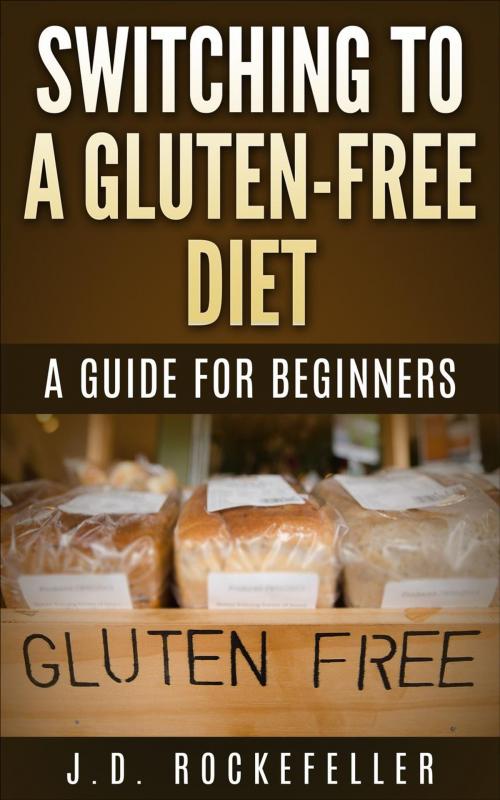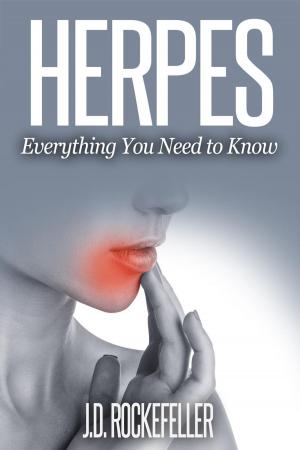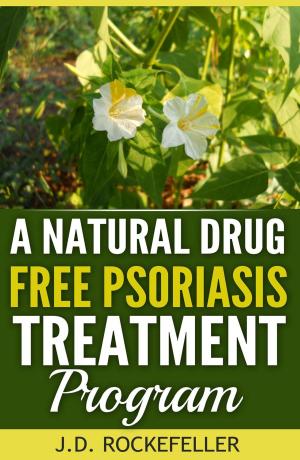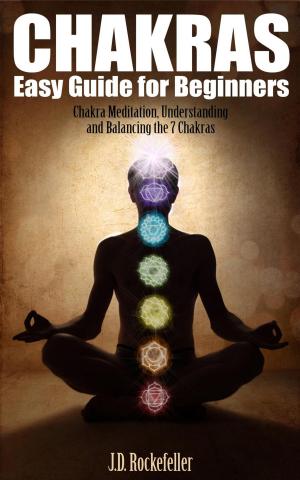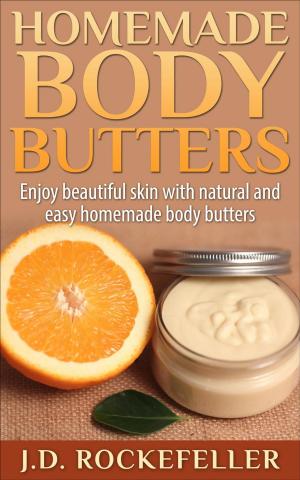Switching to a Gluten-Free Diet: A guide for beginners
Nonfiction, Health & Well Being, Health, Nutrition & Diet, Weight Loss| Author: | J.D. Rockefeller | ISBN: | 9781386899914 |
| Publisher: | J.D. Rockefeller | Publication: | October 23, 2017 |
| Imprint: | Language: | English |
| Author: | J.D. Rockefeller |
| ISBN: | 9781386899914 |
| Publisher: | J.D. Rockefeller |
| Publication: | October 23, 2017 |
| Imprint: | |
| Language: | English |
If you have been diagnosed with celiac disease, you will be asked to go completely gluten-free. Gluten is a protein found in various grains. In celiac disease, the small intestine is hypersensitive to this protein making it difficult to digest it.
People with celiac disease experience digestive problems such as bloating, diarrhea, pale stools, weight loss, flatulence and abdominal pain. They may develop a severe skin rash and musculoskeletal problems. Iron-deficiency anemia, seizures, ulcers in the mouth, and nerve damage may occur. Growth problems in children and missed menstrual periods in women may also be seen.
Celiac disease may also put you at risk to other health conditions such as osteoporosis, miscarriage, and infertility.
A gluten-free diet means throwing out the offending protein completely from your diet and life. But a gluten-free diet is not just used by people who have celiac disease. It has become quite popular as a diet for many people who suspect that they have wheat allergy or gluten hypersensitivity. Wheat is a common allergen and many people around the world are allergic to it.
Whatever the reason, a gluten-free diet doesn’t mean just cutting out all grains from your life. There are a lot of things involved here to ensure that you do remove gluten completely from your diet.
Furthermore, removing foods containing gluten also means that you will be cutting down on many nutrients found in these foods. So, you will need to know how you can ensure that you are getting the required amounts of vitamins and minerals once you have removed this protein from your diet.
This simple guide will give you pointers about the foods that may contain gluten. It also gives you advice about foods to include, and how to make your house free of gluten products.
If you have been diagnosed with celiac disease, you will be asked to go completely gluten-free. Gluten is a protein found in various grains. In celiac disease, the small intestine is hypersensitive to this protein making it difficult to digest it.
People with celiac disease experience digestive problems such as bloating, diarrhea, pale stools, weight loss, flatulence and abdominal pain. They may develop a severe skin rash and musculoskeletal problems. Iron-deficiency anemia, seizures, ulcers in the mouth, and nerve damage may occur. Growth problems in children and missed menstrual periods in women may also be seen.
Celiac disease may also put you at risk to other health conditions such as osteoporosis, miscarriage, and infertility.
A gluten-free diet means throwing out the offending protein completely from your diet and life. But a gluten-free diet is not just used by people who have celiac disease. It has become quite popular as a diet for many people who suspect that they have wheat allergy or gluten hypersensitivity. Wheat is a common allergen and many people around the world are allergic to it.
Whatever the reason, a gluten-free diet doesn’t mean just cutting out all grains from your life. There are a lot of things involved here to ensure that you do remove gluten completely from your diet.
Furthermore, removing foods containing gluten also means that you will be cutting down on many nutrients found in these foods. So, you will need to know how you can ensure that you are getting the required amounts of vitamins and minerals once you have removed this protein from your diet.
This simple guide will give you pointers about the foods that may contain gluten. It also gives you advice about foods to include, and how to make your house free of gluten products.
